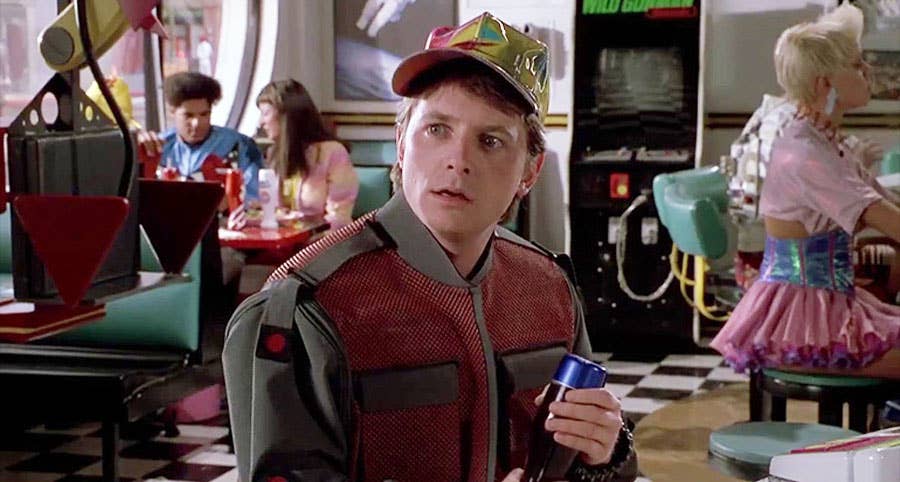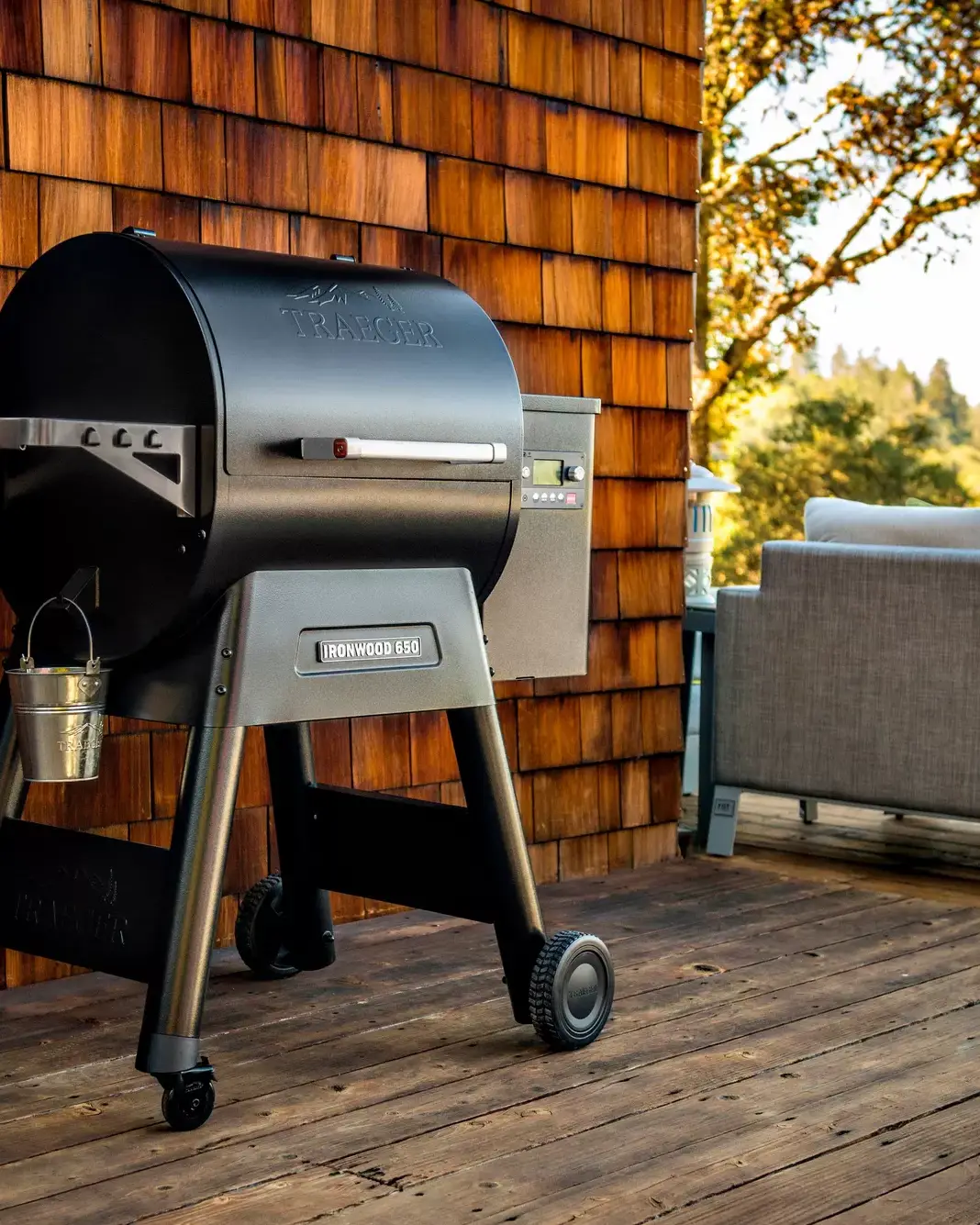
8 Essential Books for Envisioning the Future of Food
From dystopian fiction to just-as-scary present-day science, here’s your required reading to unpack some of the planet’s biggest changes in the past 100 years
Industrialized agriculture. Genetically modified crops and livestock. The Twinkie. Just a few of the 20th century's most profound changes. And the pace of food innovation is only accelerating, particularly in light of climate change and a ballooning population. It's almost too much to keep track of, let alone imagine where it's all going.
But for those of us curious about what the future of food might look like, there’s a long list of fiction and nonfiction to keep us thinking. There’s quite a history of speculation and panic about the trajectory of how we eat, dystopian and utopian and everything in between. Here are 8 essential reads to help you understand what your dinner may look like in a few years.
Ignore the hazy space-age flying pseudo meat on the cover. This is a foundational text on how we imagine (and have imagined) future changes to food. Breathtaking in its scope, the book chronicles a history of the future of food—how we've predicted and visualized changes in consumption in everything from sci-fi films to 1960s dystopian novels to 18th century Malthusian manifestos.
One fascinating insight looks at the prevalence of Asian food in dystopian eating scenarios of the 70s and 80s (consider Blade Runner's steamy noodle shacks). Belasco attributes this to a buildup of cultural associations linking Asia with future population and pollution problems.
In just 80 years, we've lost 90 percent of the biodiversity in foods like apples, lettuces, and carrots. As McWilliams points out in this work, 75 percent of the world's food supply comes from just five animals and 12 plants.
What are the consequences of metastasizing monocultures? Eating Promiscuously takes an extreme view of agriculture as wholly destructive by its very nature—a contestable argument, but one that makes for an interesting, as he calls it, "thought experiment." With that perspective, McWilliams investigates the alternative seeds, crops, and flavors outside or monotonous food system to consider a future in which we eat "thousands of foods rather than dozens."
And then: If you're really interested in decreasing biodiversity, and the collective culinary amnesia that comes from generations losing track of the past, take a look at JB MacKinnon's fascinating books on the topic, including The Once and Future World, a personal favorite.
All three books in Atwood's dystopian trilogy include chilling depictions of our food system, but The Year of the Flood is the most explicit. Atwood tops my list for implausible-seeming interpretations of food that develop their own perfect twisted logic, such as genetically modified chicken made of nothing but breasts, and a fast food chain called "Secret Burger," where consumers aren't privy to the knowledge of what's in their meat. The compelling undercurrent is that Atwood's inventions are all based off real, in-progress, and theoretically plausible developments, including biotech and GMOs.
The inspiration for the famed Soylent Green film, Harrison’s seminal novel never actually suggests that the infamous soylent is made out of people. Instead, it takes a more pragmatic—and explicit—look into eating in a future urban landscape. With a special focus on Malthusian scarcity, the book features more humble and realistic foods like soy and lentil steaks (hence soy-lent), and imagines an all-too-plausible black market for meat in a world of soil depletion and animal protein shortages.
A well-researched and thoughtful look into a world “dominated by food scarcity and food nationalism,” which Brown warns could ultimately lead to a complete breakdown of our interconnected society. He adeptly explains complex and pressing issues that rarely get headlines, including the rising demand for soybeans in China and the desertification of arable land in India.
Meals to Come author Warren Belasco ranks this book and its sequel (The Sheep Look Up) as the most detailed accounts of the ills associated with overpopulation in a hyper-capitalist society. Brunner fixates on a scarcity of resources, and food in this sci-fi scenario unfolds under class divisions. Rich nations luxuriate in sugar and fishmeal, while poor ones subsist on unsavory food substitutes including something called, delightfully, "force-grown meat." The divisions have an uncanny parallel to our real-life food system, in which the upper classes gain the luxury of organic and healthy items out of reach of lower income eaters.
Not a food book per se, but a historic read on how we deal with rapid technological advancement, which is easily applied to changes in our diet and food systems. The book’s become even more relevant since its release back in 1970, both for its own ideas and how current thinkers respond. Toffler uses labyrinthine supermarkets to explain the burdens of “overchoice” with a “mind-numbing diversity” of food products. Contemporary authors would argue that this is all surface-level “choice” masking a homogeneous processed food supply, but they’re in large part responding to Toffler and his on-point assessment of late-20th-century America’s increasing nostalgia for a simpler time muddying its present choices.
This book opens with a gastropub set in the year 2030, where fish comes from landlocked aquafarms and real meat—as opposed to cheaper lab-grown—costs $60 a serving. The scenario is based on Schonwald’s investigation into the techniques, ingredients, and plants that have the potential to transform the way we eat.
While he aligns with authors like Michael Pollan in his distrust of biotechnology and genetically modified foods, his work is not didactic. Recommended to me by the The Food Futures Lab at the Institute for the Future, this book is a more inspiring dive into ingredients we may sooner encounter, from Afghani blue-green lettuce to in-vitro meat.
Keep Reading
Continue to Next Story










